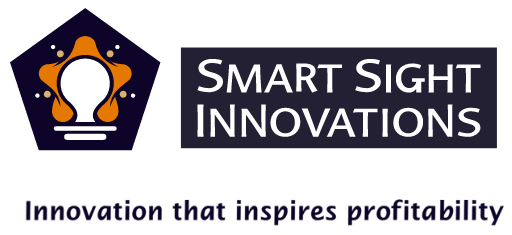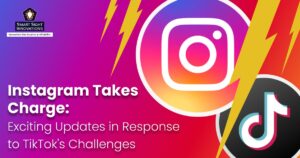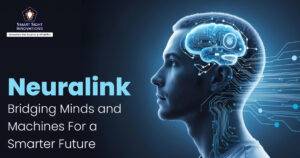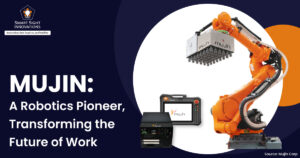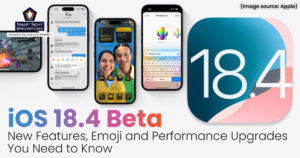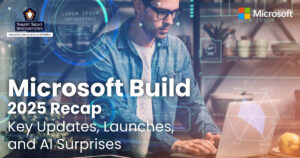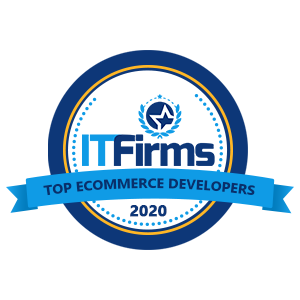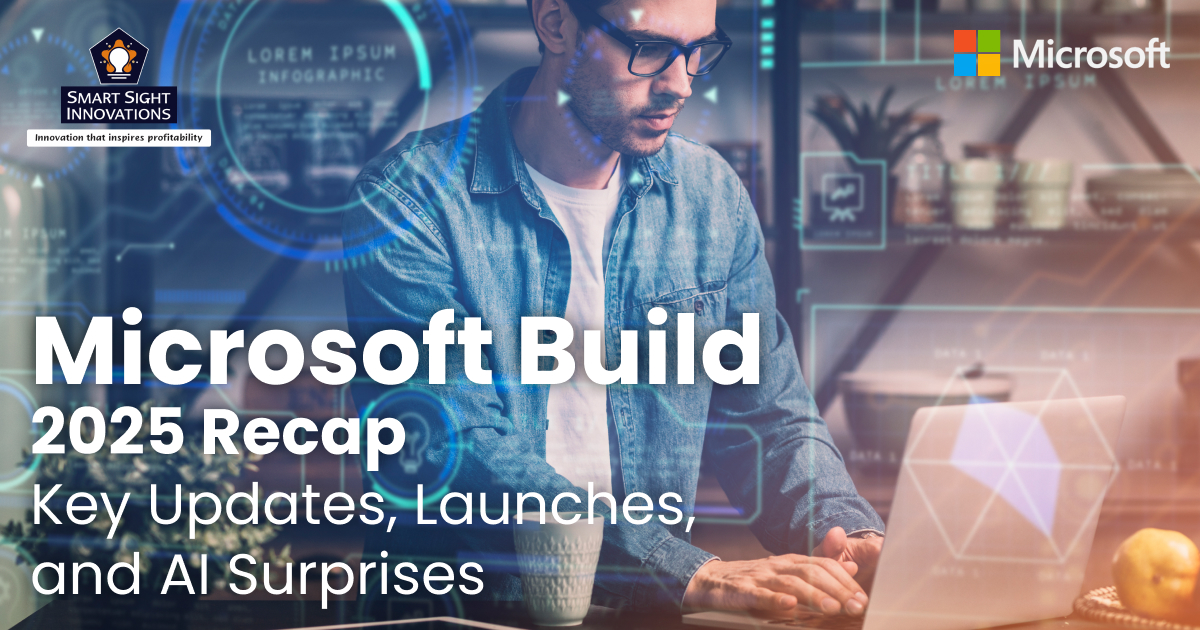
Microsoft Build 2025 is Microsoft’s premier annual developer conference, held from May 19 to May 22, 2025, at the Seattle Convention Center and online. This hybrid event brings together developers, engineers, and IT professionals worldwide to explore Microsoft’s latest technologies and innovations. The conference features keynotes, technical sessions, hands-on labs, and networking opportunities, focusing on areas such as artificial intelligence, cloud platforms, developer tools, and Windows development.
CEO Satya Nadella highlighted Microsoft’s vision of an “open agentic web,” in the event, aiming to integrate AI seamlessly into user experiences and development workflows. The event also addressed the growing importance of multi-agent orchestration, with updates to Copilot Studio enabling the coordination of multiple AI agents to perform complex tasks. Let’s get started with the key announcements.
1. GitHub Copilot

At Microsoft Build 2025, GitHub Copilot has evolved into a fully autonomous coding agent, streamlining software development by handling complex coding tasks independently. This next-generation Copilot transforms the development workflow, making coding more efficient and scalable.
Features of GitHub Copilot
-
Intelligent Code Generation and Debugging
Identifies bugs, refactors inefficient code, and improves documentation autonomously.
-
Repository Management
Can clone repositories, spin up virtual environments, and implement optimizations.
-
Pull Request Handling
Drafts and submits structured commits with clear change logs, requiring human approval before final execution.
-
Context-Aware AI Assistance
Uses issue trackers, past commits, and discussions to tailor responses to specific projects.
-
Integrated DevOps and Workflow Automation
Works seamlessly with GitHub Issues, Copilot Chat in VS Code, Azure DevOps, and other collaborative platforms.
-
Security and Compliance Enhancements
Implements real-time security checks to detect vulnerabilities before code is committed, and adheres to specific governance policies, flagging potential licensing and dependency issues.
How Developers Can Leverage Copilot
With its agentic AI capabilities, GitHub Copilot is ushering in a new era of AI-assisted DevOps, making development more intuitive, efficient, and collaborative. Its integration across cloud platforms ensures that software teams can scale faster, with AI actively contributing to project innovation. This evolution in Copilot signals a paradigm shift, where AI is no longer just a coding assistant, it’s a proactive coding partner, redefining the future of software engineering.
2. Copilot Tuning

At Microsoft Build 2025, Microsoft unveiled Copilot Tuning, a powerful new feature that allows businesses to customize AI models using their own data, workflows, and processes, without requiring coding expertise.
Key Features of Copilot Tuning
-
No-Code AI Customization
Businesses can fine-tune Copilot using Microsoft Copilot Studio, making AI assistants more aligned with company-specific needs. Organizations can train Copilot to generate content, automate workflows, and improve decision-making based on internal data.
-
Enterprise-Grade Security and Privacy
All tuning happens within the Microsoft 365 service boundary, ensuring data privacy and preventing customer data from being used to train foundation models. Companies can bring their own AI models into Copilot Studio, offering greater flexibility in AI integration.
-
Multi-Agent Orchestration
Businesses can deploy multiple AI agents that collaborate on complex tasks, such as HR onboarding, IT support, and marketing automation. These agents work together seamlessly, improving efficiency across departments.
How Copilot Tuning Enhances Business Operations
With Copilot Tuning, companies can create domain-specific AI assistants tailored to their industry. For example, a law firm can train Copilot to draft legal documents in its preferred format, while a marketing team can refine AI-generated campaign ideas to match brand voice.
This innovation marks a shift toward personalized AI experiences, making Copilot a strategic asset for businesses looking to optimize workflows and enhance productivity. Copilot Tuning will be available starting June 2025 as part of Microsoft’s Early Adopter Program.
3. Agent Factory

The Agent Factory is a groundbreaking initiative designed to empower developers to build, customize, and deploy AI-powered agents at scale. This innovation is anchored in Azure AI Foundry, Microsoft’s new AI app and agent factory, which provides an end-to-end ecosystem for creating intelligent agents that automate complex workflows.
-
Azure AI Foundry: The Core of Agent Factory
Azure AI Foundry serves as the backbone of Agent Factory, offering developers a full-stack AI platform with built-in security, governance, and seamless integration with GitHub, Visual Studio, and Copilot Studio. It enables businesses to design, fine-tune, and manage AI applications effortlessly.
Key innovations include:
- Developers can now access Grok 3 from xAI, alongside models from Black Forest Labs, DeepSeek, Mistral, and Meta.
- AI agents can automatically select the best model for each task, optimizing performance and reducing costs.
- Supports LoRA/QLoRA and DPO, allowing businesses to tailor AI models to their specific needs.
-
Microsoft and NVIDIA: Scaling the Largest AI Supercomputer
Microsoft and NVIDIA are collaborating to build and scale the largest AI supercomputer in the world, hosted on Azure. This infrastructure will power Agent Factory, enabling AI agents to handle massive-scale computations, real-time reasoning, and advanced automation.
With Agent Factory, Microsoft is ushering in a new era of AI-driven automation, making intelligent agents more accessible, scalable, and efficient for developers and enterprises alike.
4. NLWeb
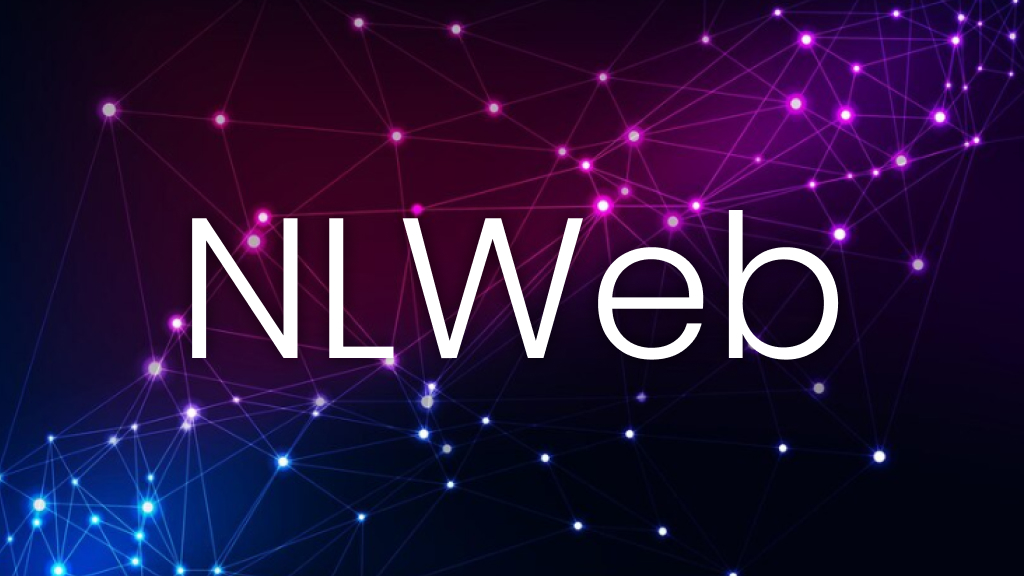
NLWeb is an open project designed to bring natural language interfaces directly to websites, making it easy for publishers to turn their sites into AI-powered applications. It uses conversational AI to make it easier for people to interact with web information.
Key Features of NLWeb
- Users can interact with websites using AI-driven search, asking questions in plain language instead of navigating menus.
- Websites can make their content discoverable and accessible to AI agents, enhancing interoperability.
- NLWeb leverages Schema.org, RSS, and other formats, combining them with LLM-powered tools for richer user experiences.
- It supports all major AI models and vector databases, allowing developers to choose the best components for their needs.
- Websites using NLWeb can interact, transact, and be discovered by AI agents, ensuring they remain relevant in the evolving agentic web.
How NLWeb Benefits Web Publishers
NLWeb empowers publishers by making AI-driven interfaces easy to implement, much like how HTML revolutionized website creation. Businesses can integrate conversational AI without complex development, improving user engagement and accessibility. As the agentic web grows, NLWeb ensures websites remain interactive and AI-ready, positioning them at the forefront of the next digital transformation.
5. Microsoft Discovery

Microsoft Discovery is an enterprise-grade agentic AI platform designed to accelerate research and development (R&D) across industries. Complementing GitHub for developers and Microsoft 365 Copilot for knowledge professionals, Discovery is specifically designed to advance scientific innovation.
Key Features of Microsoft Discovery
-
Graph-Based Knowledge Engine
It uses Graph RAG (Retrieval-Augmented Generation) to connect public scientific data with private enterprise research, enabling deeper insights, and goes beyond simple fact retrieval, reasoning over complex scientific knowledge.
-
AI-Powered Research Agents
Specialized AI agents assist in hypothesis generation, experimental simulation, and iterative learning. Researchers can collaborate with AI to design new materials, compounds, and molecules faster than traditional methods.
-
Integration with Azure AI Foundry
It leverages high-performance computing (HPC) and Azure AI infrastructure to scale scientific discovery, and supports multi-agent orchestration, allowing AI teams to work together on complex research problems.
How Microsoft Discovery Transforms R&D
Microsoft Discovery is already proving its potential, scientists used it to design and synthesize an environmentally friendly immersion coolant for data centers in about 200 houses, which would otherwise take months. By combining agentic AI workflows with human expertise, Microsoft Discovery is redefining the scientific method, making research faster, more integrated, and intelligent than ever before.
6. Windows AI Foundry
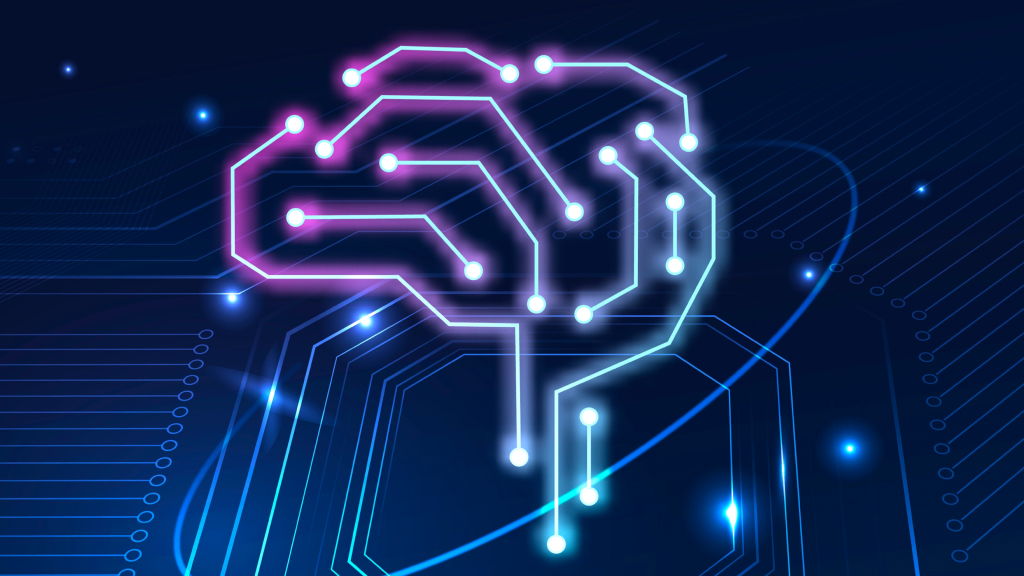
Microsoft introduced Windows AI Foundry, a unified platform designed to support the entire AI developer lifecycle on Windows. This evolution provides developers with powerful tools to select, optimize, fine-tune, and deploy AI models across both client and cloud environments.
Key Features of Windows AI Foundry
-
Integrated AI Model Catalog
Platforms such as NVIDIA NIMs provide developers with open-source models that allow for rapid deployment on Windows devices. It supports local AI inferencing, allowing models to run efficiently on CPUs, GPUs, and NPUs in Copilot+ PCs.
-
Advanced AI APIs for Developers
In addition to enabling semantic search and retrieval-augmented generation (RAG) workflows for context-aware AI applications, it provides ready-to-use AI APIs for text intelligence, picture description, object identification, and text recognition.
-
Fine-Tuning Capabilities
It supports LoRA (Low-Rank Adaptation) for customizing Microsoft’s Phi Silica model using proprietary datasets, and allows businesses to tailor AI models to specific industry needs without requiring extensive retraining.
-
Seamless Local Deployment
Developers can use Foundry Local to install AI models via a simple terminal command. It is fully integrated with Windows 11 and the Windows App SDK, ensuring native AI support across applications.
How Windows AI Foundry Transforms AI Development
By providing flexible AI deployment options, Windows AI Foundry makes AI-powered applications more accessible to developers and enterprises. With enhanced model optimization, fine-tuning, and local execution, Microsoft is positioning Windows as a leading AI development platform for the future.
Microsoft Build 2025 reaffirmed the company’s commitment to empowering developers and organizations through cutting-edge AI innovations and platform enhancements. These announcements highlight a future where AI is deeply embedded in every layer of development and productivity. As technology evolves rapidly, Microsoft Build continues to be a key platform for developers to learn, adapt, and lead. Staying updated with these trends is essential for staying competitive in the tech landscape.
